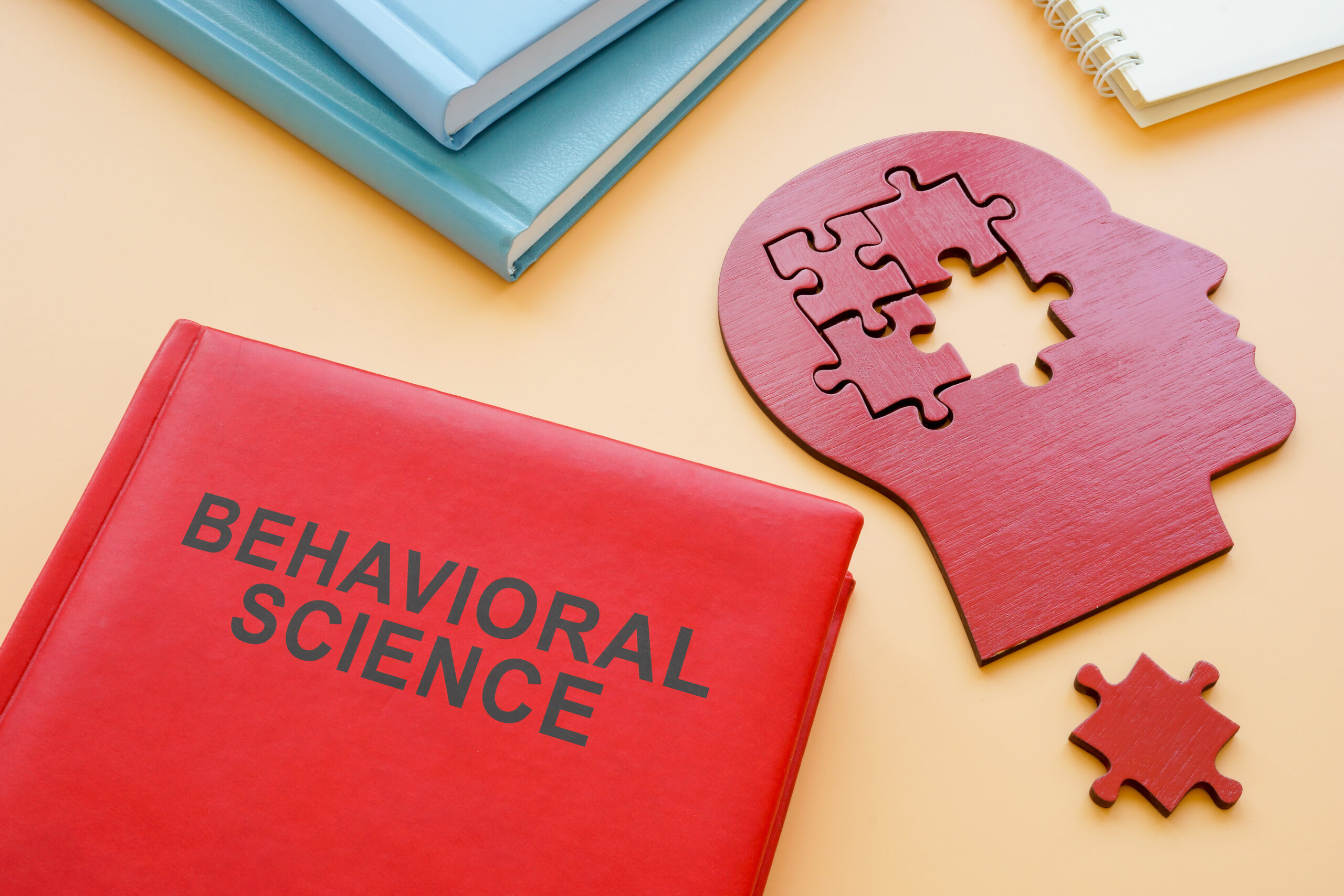Rohit Talwar on the rise of the superhuman and the challenges for L&D.
Reading time: 2m 30s.
How will learning and development cope with the growing trend of humans augmenting their basic capabilities with chemical, electronic, physical and genetic enhancements?
We’ve been entertained by a never-ending stream of Marvel and DC Comics characters with amazing superpowers ranging from x-ray vision to mind control. Many of us have even fantasised about the additional capabilities we’d like to help see us through the day. But what happens when those boundaries blur between science fantasy and everyday reality?
The practice of human enhancement or augmentation is a phenomenon well under way across society – although the concept may be new to many of us.
Over the next 25 years, the integration of information and communications technologies (ICTs), cognitive science, new materials and biomedicine could fundamentally improve the human condition and greatly enhance human intellectual, physical and psychological capacities. As a result, the notion of the transhuman could emerge.
We are well under way with the process of augmenting human beings’ cognitive and intellectual abilities through technological implants, such as memory storage.
The practice of human enhancement or augmentation is a phenomenon well under way across society
These enhancements mean humans could achieve heightened senses and biological capabilities that are largely the prerogative of other species (such as speed, resistance, adaptation to extreme conditions and so on). The speed of development is truly mind-blowing.
Advances in cognitive enhancement drugs and nootropic supplements, electronic brain stimulation techniques, genetic modification, age extension treatments, 3D printed limbs and organs, and body worn exoskeletons have given rise to the notion of enhancing the human brain and body well beyond the limits of natural evolutionary processes.
Indeed, many leaders in the field of AI are fierce advocates of transhumanism as the next stage of human evolution, arguing that if humans want to keep up with AI, we ourselves will have to become machines – embedding technology in our brains and bodies to give us similar levels of processing power.
There is already evidence of the growing use of ADHD and sleep disorder drugs like Ritalin, Adderall, and modafinil to enhance concentration and mental agility in the workplace. So how do we cater
for the learning needs of a workforce which is enhancing its capacity to learn and retain information at speed and perform better at manual tasks?
We are still in the early stages of addressing the enhancement challenge, but here are five practical guidelines for L&D:
- Encourage employees to make clear if they are pursuing any form of enhancement so L&D solutions can be tailored.
- Encourage those employees to find their own learning resources that best fit their enhanced capabilities and use simulation and self-managed tools that allow learners to cover the materials at their own pace.
- Recognise and plan for the disruption that can take place when enhanced participants are sharing the same classrooms and workshops as standard issue humans 1.0.
- Work with the enhanced individuals to develop alternative learning materials that allow for their augmented capabilities to be used to the full.
- Work with HR and corporate leadership to establish clear policies around the organisation’s approach to enhancement.
Whatever we may think personally, the practice of enhancement is well on the way to becoming an observable and growing trend in society. Getting ahead of the curve here is critical if we don’t want to find ourselves unable to cater for the emerging Storm (or Dr Strange).
About the author
Rohit Talwar is CEO of Fast Future, a professional foresight firm and publishing business.



